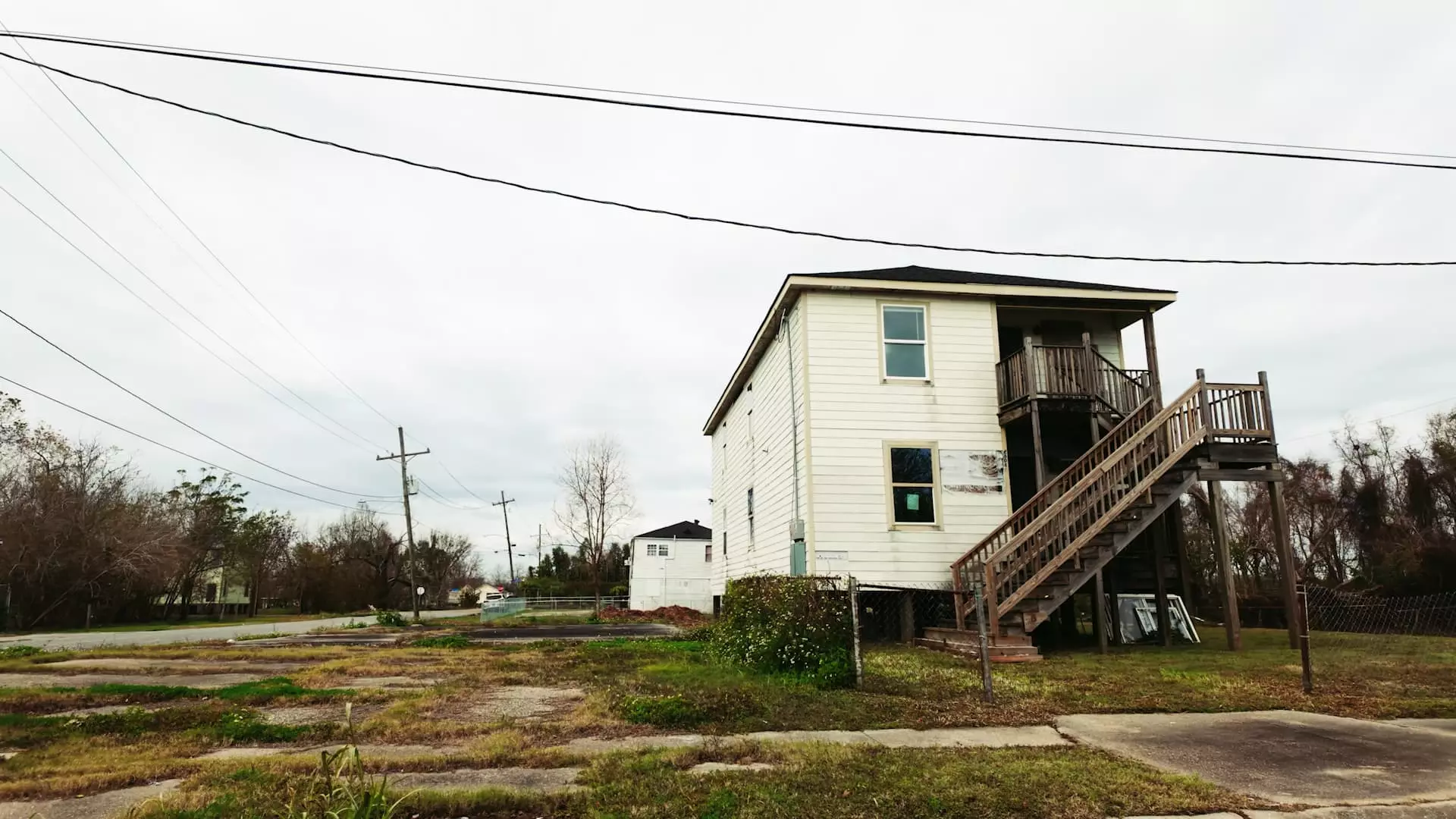The aftermath of Hurricane Katrina, which devastated New Orleans in 2005, is still a poignant chapter in the city’s history. The hurricane, which resulted in the destruction of hundreds of thousands of homes and the tragic loss of over 1,800 lives, forced the local populace into a state of dislocation and despair. The financial aftermath is staggering—even two decades later—amounting to about $201.3 billion in damages, adjusted for inflation, solidifying Katrina’s legacy as the costliest tropical cyclone in U.S. history. The city’s landscape changed dramatically, with nearly a quarter of its housing stock abandoned, essentially remapping the community.
As efforts to revitalize the city intensified, property values soared, especially in neighborhoods deemed safer and more desirable. Calvin Alexander, a long-term resident of the Lower Ninth Ward, identified as one of the most hard-hit areas, revealed the astonishing increases in home values; his property has appreciated by approximately 266% since the storm. However, it’s crucial to note that this economic rebound hasn’t evenly distributed benefits. Census Bureau data indicates that only one-third of the original residents have returned to the Lower Ninth Ward, with broader population recovery in the city lagging substantially. This exodus contributes to overarching municipal financial issues, limiting local revenue capabilities and heightening social inequities.
Housing Crisis: A Critical Examination
The financial ails stemming from both the storm and subsequent recovery initiatives underscore the complexities of New Orleans’ housing landscape. The federal and state governments poured over $9 billion into the Road Home Program designed to help homeowners recover, but this initiative has faced substantial criticism. As Laura Paul, executive director of lowernine.org, noted, the compensation framework was fundamentally flawed; it favored pre-storm property valuations over actual restoration costs. This misalignment left many low-income residents struggling to reclaim their homes, compounding the already precarious state of household income in the city, which lags behind national figures, alongside unsettling poverty rates that paint a sobering picture of the recovery.
Despite efforts to rebuild, parts of New Orleans remain vulnerable to future disasters, an issue that persists in the face of rising insurance premiums. The Treasury Department recently cautioned that these spikes in insurance rates are especially pronounced in disaster-prone states like Louisiana, complicating the housing market for both new and returning residents. In this context, it is essential to examine the city’s infrastructure, which has received substantial investment for upgrades aimed at bolstering flood protection. Approximately $15 billion has been spent on constructing drainage systems, levees, and pumping stations designed to shield the region from storms.
Ironically, while these enhancements are meant to create excellent storm defenses, some components may inadvertently contribute to land subsidence, exacerbating the city’s long-term vulnerability. The findings challenge the notion of progress and cast doubt on whether recovery efforts have sufficiently addressed the cyclical nature of risks associated with living in a vulnerable region.
Investing in Future Security
Despite the inherent uncertainties, proponents of the investment strategies argue for their potential upside. Glenn Ledet, head of the Coastal Protection and Restoration Authority, emphasized that for every dollar invested in hurricane protection systems, the city stands to gain approximately $7 in benefits. Furthermore, a projected allocation of $50 billion over the next five decades illustrates the commitment to safeguarding New Orleans. Plans to elevate 4,000 homes to mitigate flood risk are among the numerous steps envisioned to fortify local infrastructure in readiness for future storms.
The narrative of New Orleans post-Katrina is a multifaceted story of resilience amidst adversity. The ongoing challenges of rebuilding and recovery reflect not only infrastructure loss but also the need for equitable approaches to restoration that account for the vulnerabilities faced by all demographics within the community. As New Orleans navigates its path forward, prioritizing the needs of its most vulnerable citizens while investing in sustainable urban resilience will be key to shaping a more equitable future. The city symbolizes the indomitable spirit of its residents who, even after suffering immense losses, continue to champion for a community that stands united and ultimately thrives.

